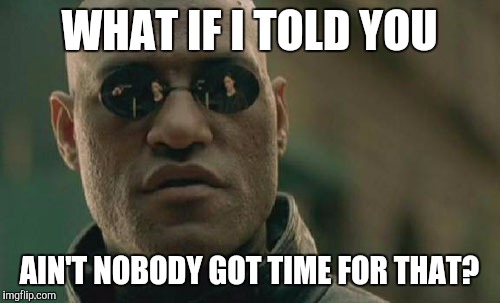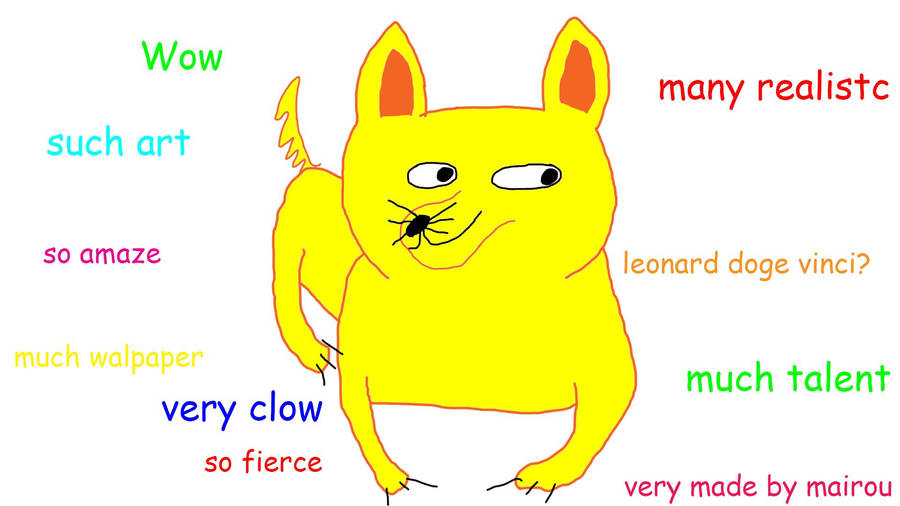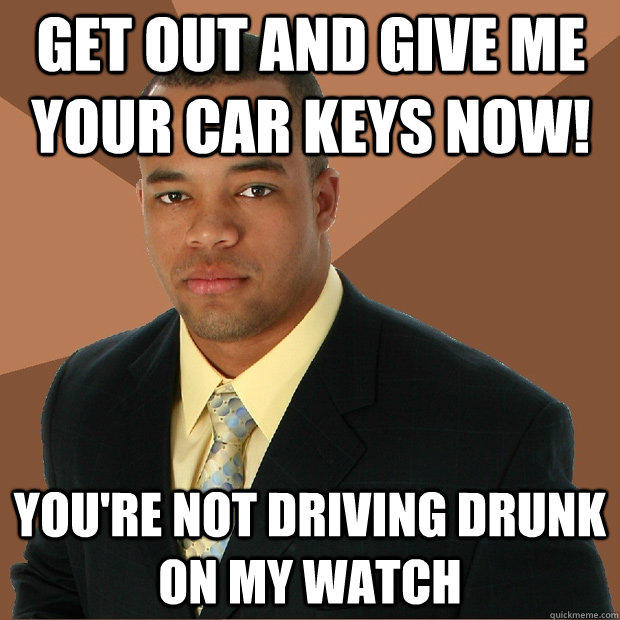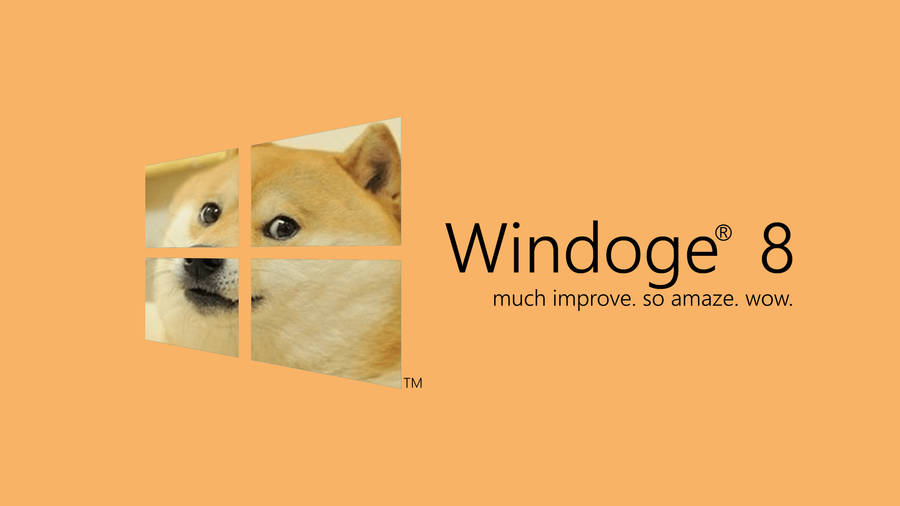MUSINGS ON MEMES
Digital objects, such as memes or gifs that are shared within a certain circle of people have many layers when it comes to studying how they perpetuate racial stereotypes. Negative remarks or comments are one of the more visible manifestations of online racism but there is much more to investigate. Often times the punchline of a meme’s humor lies in its “blackness”. In other words the protagonist is racially objectified—turned from a human subject into a joke. Another more subtle manifestation of racism in internet memes is what Lisa Nakamura calls “identity tourism” or when non-Black users share memes containing African American Vernacular English or memes that racially objectify the Black subject as part of their modes of communication. It allows white users to temporarily associate themselves with Black culture to make a joke or exclamation while relying on its very Blackness to drive home the joke or exaggeration. One such example is the video turned meme “Ain’t nobody got time for that”. The video depicts a woman, Kimberly "Sweet Brown" Wilkins, discussing the burning of her apartment complex with a news outlet. The video became a viral hit and received a mild memetic response in terms of creating offshoots, yet it has endured significant staying power and is still used today, both as an online reaction and as a joke in real-life conversations. The phrase “ain’t nobody got time for that” has become not only a signifier for the subject, Ms. Wilkins, but also as the set of memes that have evolved from that video. It is safe to call the “Ain’t Nobody Got Time for That” video and its derivatives as Limor Shifman describes a ‘Founder-Based Meme’. The derivatives all stem from one viral video and are all visually and linguistically similar. Its evolution is quite controlled, rarely deviating from the aforementioned form, apart from a small amount of, to put it in biological terms, crossbreeding.
The issue I wish to raise with this meme is a critical study of how it contributes and furthers black stereotypes. While there are overtly racist versions, such as this one
, and condemning these is important, it is essential to understand where this overt racism stems from, and how more innocent variations still carry on and contribute to the furthering of stereotypes. The humor of the meme resides in what may be perceived as an exaggerated and erratic reaction, which was never the intention of Wilkins who was simply put on the spot by reporters, because viewers s may not have responded in the same way. This leads internet users to “other”’ the subject, interpreting her reaction as comedic and ridiculous rather than a candid reaction that portrays her lively character and linguistics.
The ‘memeification’ of Wilkins’ reaction to her misfortune is only one example of racial objection in internet memes, and the following examples make use of this in different ways(slide mouse here and here).
AIN'T NOBODY GOT TIME FOR RACIAL OBJECTIFICATION
MUSINGS ON MEMES

 , and condemning these is important, it is essential to understand where this overt racism stems from, and how more innocent variations still carry on and contribute to the furthering of stereotypes. The humor of the meme resides in what may be perceived as an exaggerated and erratic reaction, which was never the intention of Wilkins who was simply put on the spot by reporters, because viewers s may not have responded in the same way. This leads internet users to “other”’ the subject, interpreting her reaction as comedic and ridiculous rather than a candid reaction that portrays her lively character and linguistics.
, and condemning these is important, it is essential to understand where this overt racism stems from, and how more innocent variations still carry on and contribute to the furthering of stereotypes. The humor of the meme resides in what may be perceived as an exaggerated and erratic reaction, which was never the intention of Wilkins who was simply put on the spot by reporters, because viewers s may not have responded in the same way. This leads internet users to “other”’ the subject, interpreting her reaction as comedic and ridiculous rather than a candid reaction that portrays her lively character and linguistics.  and here
and here ).
).




